A year ago, I met one of my favorite authors. The evening involved driving in rain so torrential I prayed a good part of the way home. However, it also involved showers of blessings.
For a story-loving heart, what could be better than stories of how God is using stories to change lives and – we hope and pray – those lives to change communities and those communities to change nations? The evening also included shared time with a special friend, international yummies, and, yes, oh, yes, a sweet little conversation with that favorite author of mine.
Now today I’m preparing a little note to post in the mail to that author. When it reaches her after a journey of thousands of miles, I hope she gets a smile on her face and a little glimmer of a reward for her labor of love.
Labor of love. Something I’ve learned from my Christian writer friends is that what they do is a labor of love. Love for words. Love for their characters. And even more, love for Christ and His truth and love for the millions of readers out there who need a little love.
These loves fuel these writers through the sleep-short days, the pouring out of themselves on paper that may sit on an acquisitions editor’s desk for months, the reading for work not pleasure, the struggling for just the right word, the cutting out of the beloved scenes that don’t serve the story, the researching for accuracy, the aching of rejection, the perusing of contracts, the downsides of success, the handling of budgets.
Yes, all of this – all of this for love.
In a glass-dimly way this may reflect for us the love that God showed His children by sending His Son Jesus to earth and that He continues to show us each and every day.
What wondrous love is this, O my soul, O my soul!
What wondrous love is this, O my soul!
What wondrous love is this that caused the Lord of bliss
to bear the dreadful curse for my soul, for my soul,
to bear the dreadful curse for my soul?
~”What Wondrous Love Is This?” (Anonymous)
Apparently, National Author Day (US) isn’t until November 1, but considering what authors go through to craft the stories we enjoy, why not take a few minutes this weekend and send a snail-mail note, email or Facebook message to one of your favorite authors. Thank them for their work and let them know what you love about their stories. Maybe your encouragement will lead to a whole new tale…
If you would like to learn about the work of Media Associates International and how you can help train writers around the world to share God’s love and truth, visit their website.
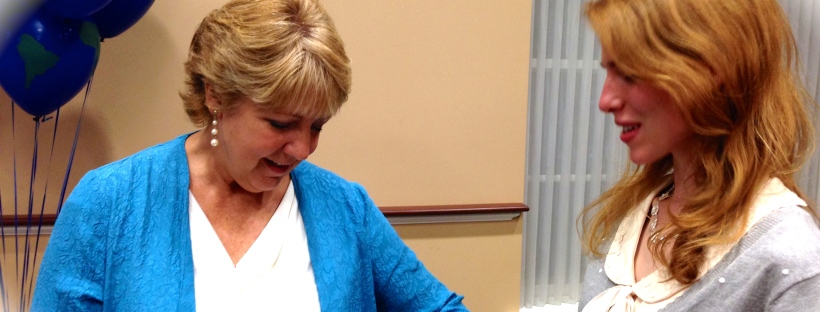
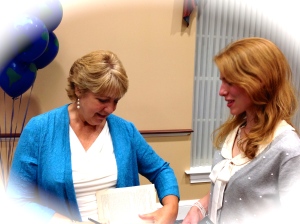
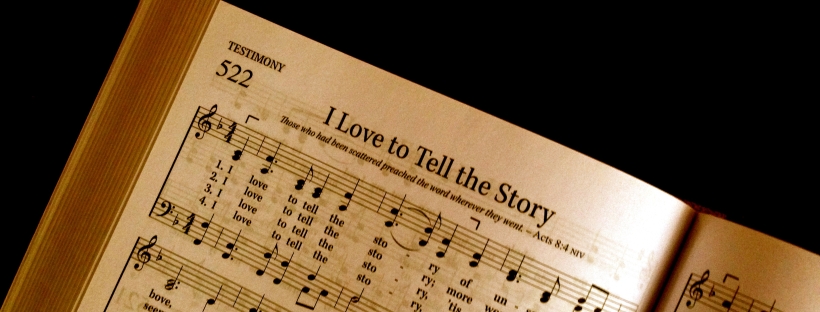
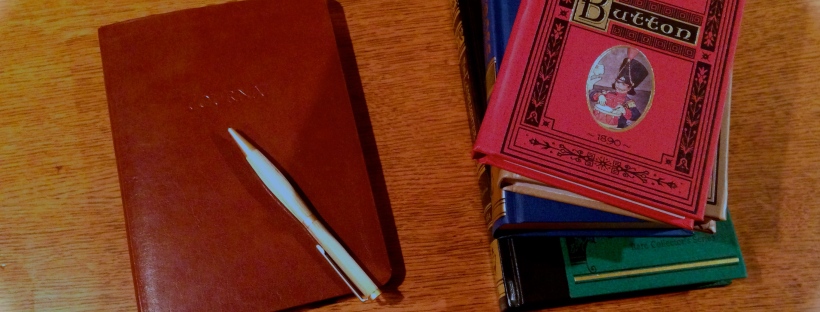
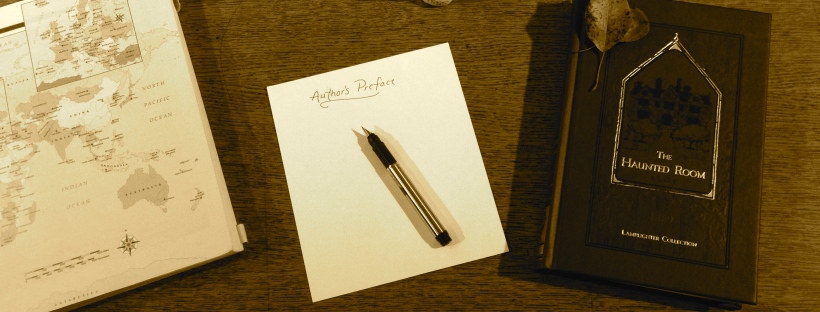
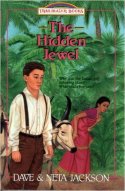 Lastly, A.L.O.E. referred to “Indian gems”. This reminds me of a book my dad read to me when I was a little girl about Amy Carmichael, another woman who worked in India.
Lastly, A.L.O.E. referred to “Indian gems”. This reminds me of a book my dad read to me when I was a little girl about Amy Carmichael, another woman who worked in India. 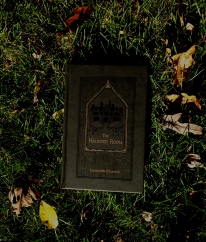 Thus, thanks to A.L.O.E.’s short note to her readers, I have discovered these ties between us across the decades and the ocean and am rather excited to keep reading her book. It’s appearing to be just the thing you’ll want to pick up for a good read on October 31st. After all, it is called
Thus, thanks to A.L.O.E.’s short note to her readers, I have discovered these ties between us across the decades and the ocean and am rather excited to keep reading her book. It’s appearing to be just the thing you’ll want to pick up for a good read on October 31st. After all, it is called 